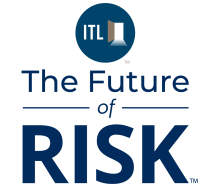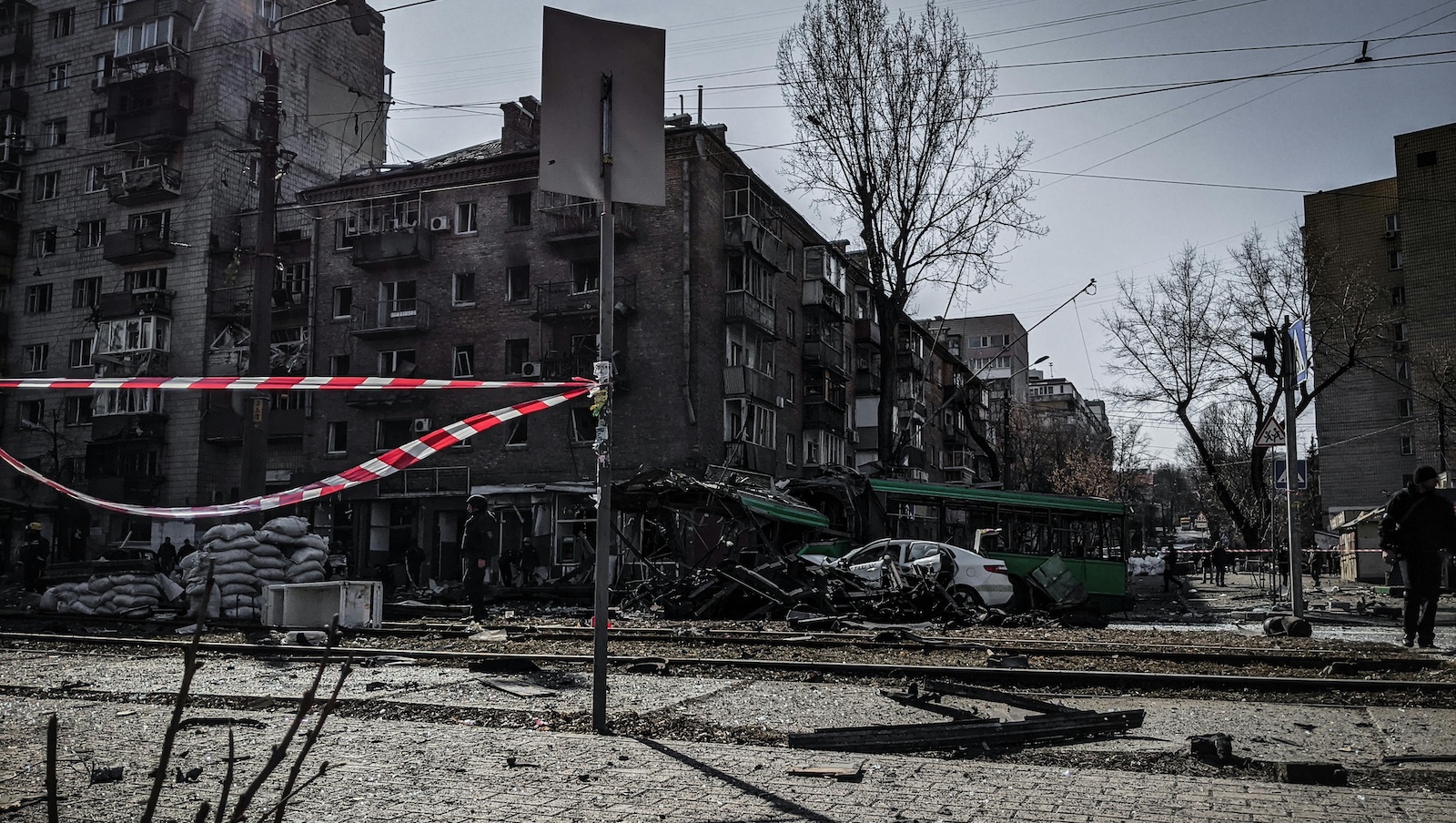When geopolitical shockwaves hit, insurance systems face their true test — not only of capital or claims capacity but of operational resilience and leadership.
Ukraine's insurance industry entered 2022 under structural pressure: low market penetration, price-led competition, and fragmented digital infrastructure. Then came the full-scale war.
Yet the system didn't collapse. It adapted. Unevenly — but significantly.
Global Context: Insurance's Digital Decade
In parallel, global insurance is rapidly evolving:
- AI-first underwriting and straight-through processing are becoming industry standards.
- Usage-based and embedded models are gaining traction.
- New lines — cyber, climate, ESG — are outpacing traditional coverage.
- Insurtech and big techs alike are reshaping distribution and service delivery.
The global North optimizes for personalization and real-time responsiveness. But Ukraine faced a different imperative: survival, and then reinvention.
Ukraine: Insurance Under Wartime Conditions
Despite extreme disruptions, Ukraine's insurers remained operational — from frontline cities to displaced branch networks.
Key observations from 2022–2024:
- While overall premiums dropped, stability returned in auto and property.
- Claims settlement remained functional, with some delays.
- Customer priorities shifted toward reliability and actual coverage value.
- Risks extended beyond combat zones — supply chains, credit risk, and labor mobility posed additional pressure.
- Reinsurance capacity became harder to secure and required localized analysis.
The insurance sector's continued functionality became a form of national infrastructure — silent but vital.
ARSENAL Insurance: Case Study in Adaptation
At ARSENAL Insurance, we reframed the crisis as a transformation accelerator.
1. Portfolio Strategy Shift
From volume growth to risk-adjusted quality. Our underwriting models evolved to integrate both traditional indicators and real-time signals from dynamic environments.
2. Digital Transformation With Measurable ROI
We avoided tech vanity projects and focused on functionality:
- Automated policy issuance and calculators
- Back-end straight-through-processing architecture
- AI-driven claims triage and document verification
3. Empathy as Infrastructure
Clients often contacted us from basements, checkpoints, or in transit. We trained teams to provide clarity and reassurance under pressure. Tone and timing mattered as much as process.
4. Risk Analytics for Unstable Contexts
We implemented adaptive exposure models, tracked region-specific loss curves, and aligned products with updated behavioral data.
Lessons for Emerging and Crisis-Affected Markets
Ukraine's case demonstrates that insurance systems can withstand systemic shocks — but only with:
- Leadership that prioritizes action amid uncertainty
- Investment in adaptive technology, not just digitalization
- Customer communication and support
- Localized, flexible underwriting frameworks
Most importantly: resilience isn't passive endurance — it's structured responsiveness.
Looking Ahead: From Continuity to Redesign
The Ukrainian market will not "return to normal." It will evolve — shaped by new expectations, tighter capital discipline, and renewed urgency around trust.
We see this moment as not recovery but reinvention.








